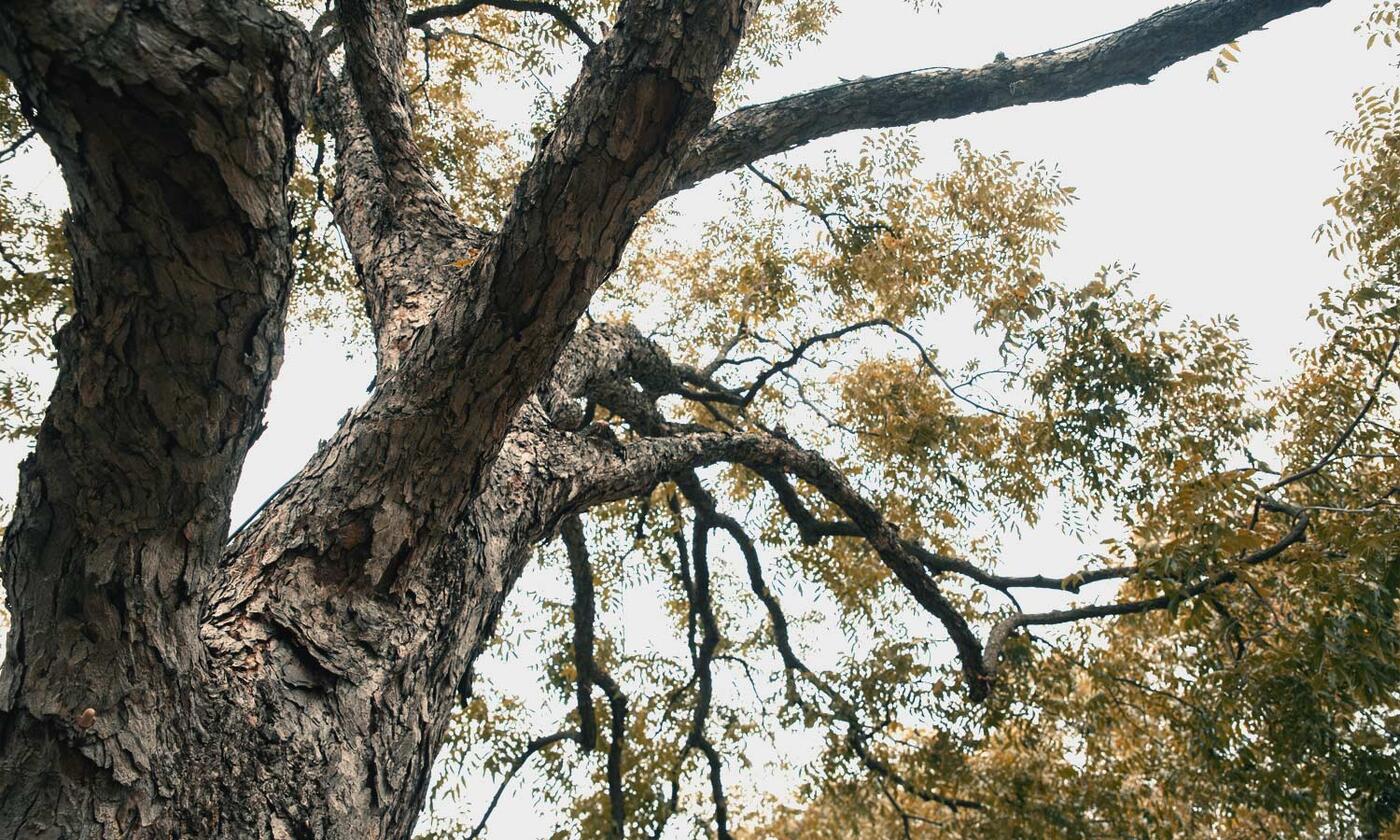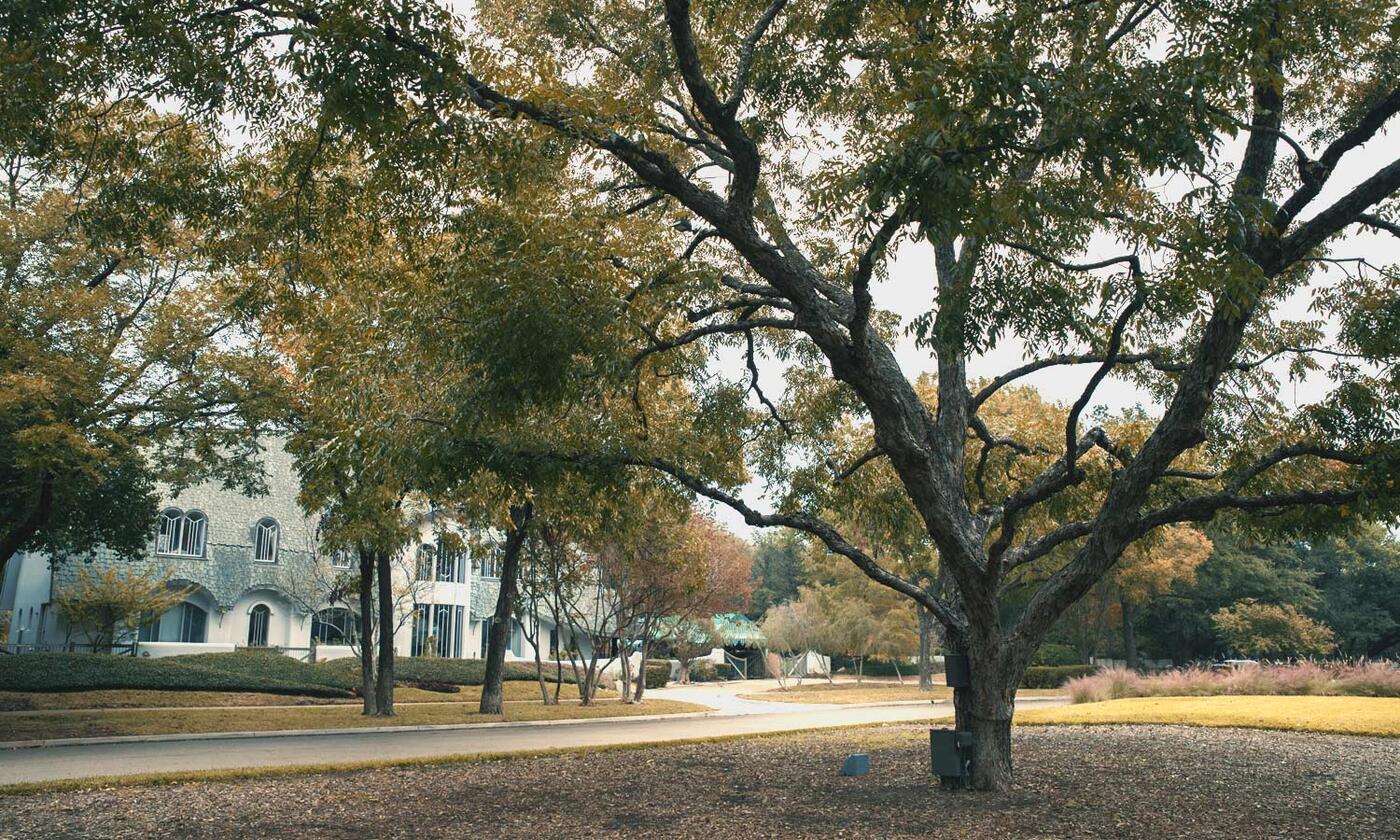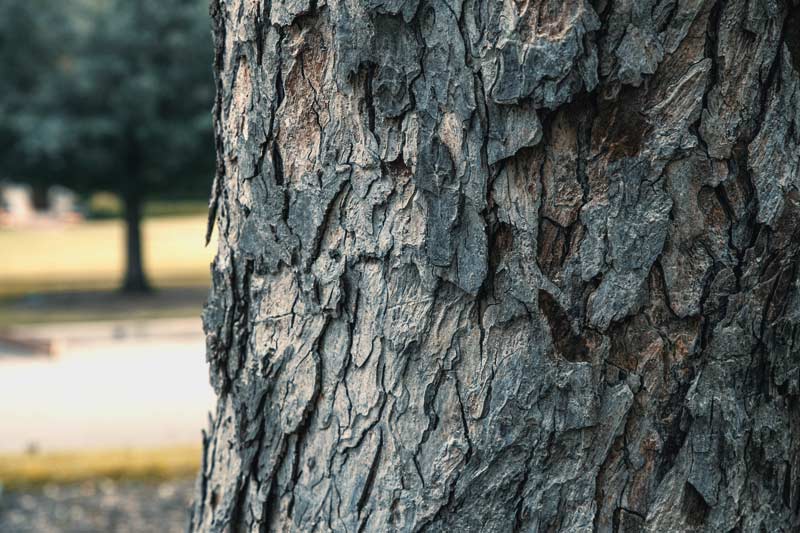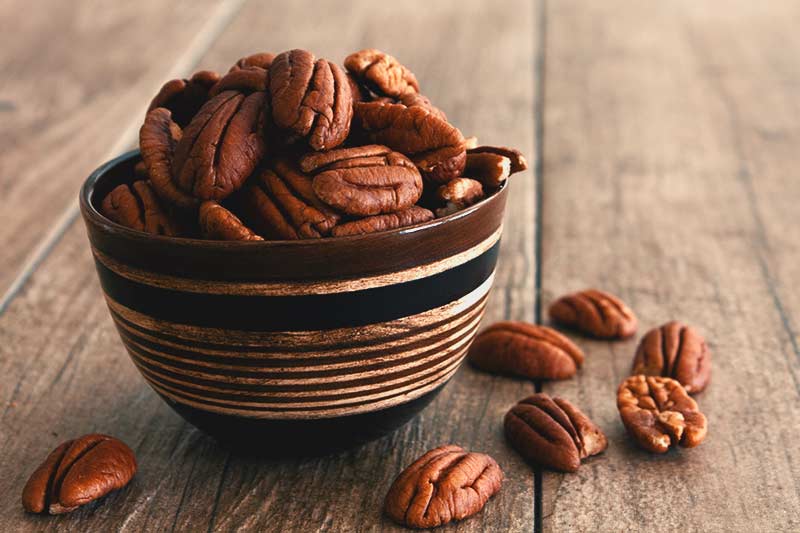
TREE
STORIES
With Elliott Bambrough, The Tree Narrator
SEASON TWO: EPISODE ONE
HIGHLAND PARK PECAN
Learn the evolution of the Landmark Pecan Tree in Dallas, TX and how it became coined the “Million Dollar Monarch” of the Highland Park neighborhood.

TREE
STORIES
With Elliott Bambrough, The Tree Narrator
SEASON TWO EPISODE ONE
HIGHLAND PARK PECAN
Learn the evolution of the Landmark Pecan Tree in Dallas, TX and how it became coined the “Million Dollar Monarch” of the Highland Park neighborhood.



